|
Mason L. Wang I am an EECS PhD student at MIT CSAIL, where I am working with Professor Anna Huang. I am currently on leave, and working at xAI. I am interested in audio, generative modeling, and signal processing. I received my master's in Electrical Engineering at Stanford University working at the Stanford Vision and Learning Lab. I was advised by Jiajun Wu and Mert Pilanci. You can contact me at masonlwang32 [at] gmail [dot] com. Or, you can find me on Twitter, LinkedIn. |
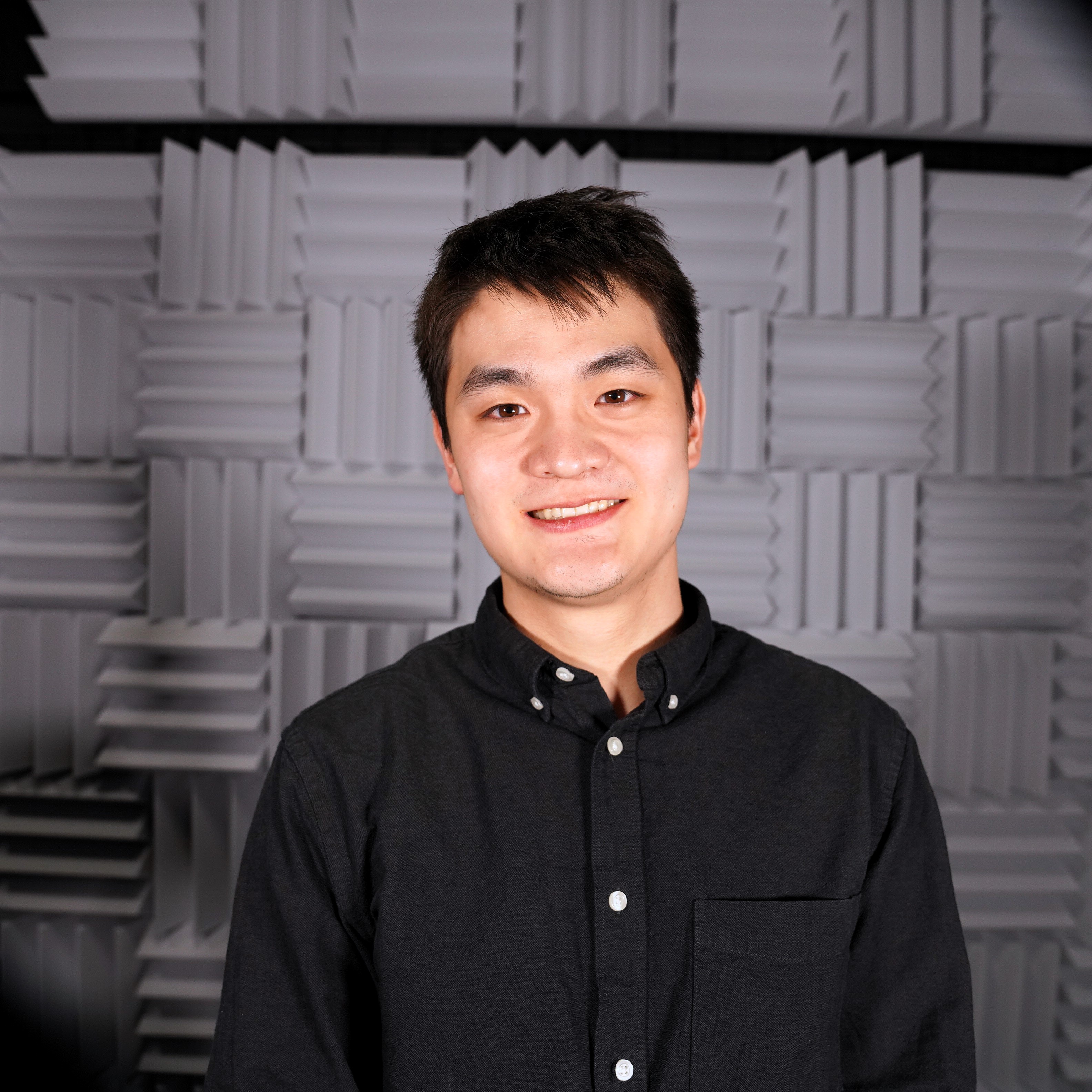
|
Publications |
|
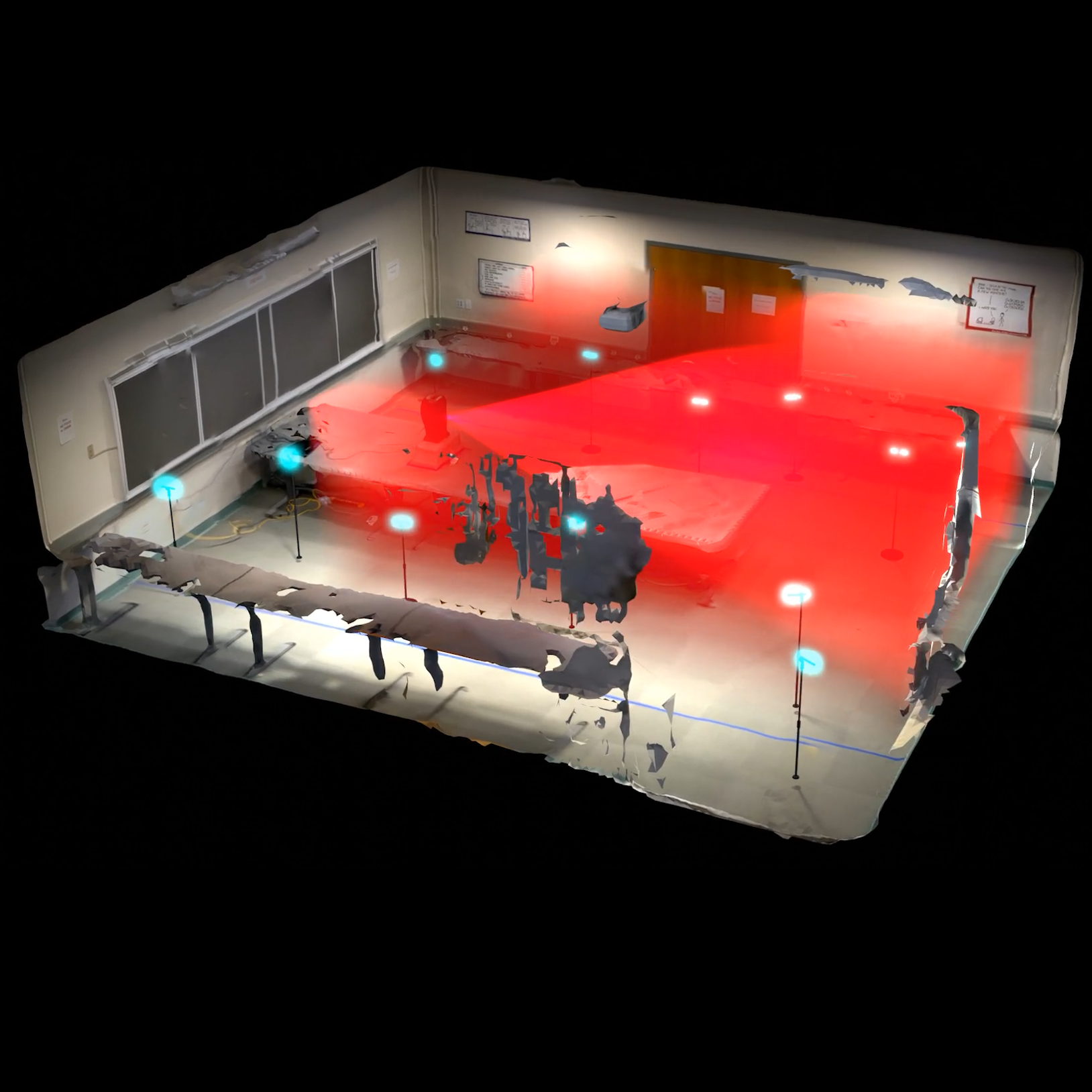
|
Hearing Anything Anywhere
Mason L. Wang*, Ryosuke Sawata*, Samuel Clarke, Ruohan Gao, Elliott Wu, Jiajun Wu CVPR, 2024 video / paper / website / dataset / code / arkiv We create a method of capturing real acoustic spaces from 12 RIR measurements, letting us play any audio signal in the room and listen from any location/orientation. We develop an 'audio inverse-rendering framework' that allows us to synthesize the room's acoustics (monoaural and binaural RIRs) at novel locations and create immersive auditory experiences (simulating music). |

|
SoundCam: A Dataset for Finding Humans Using Room Acoustics
Mason L. Wang*, Samuel Clarke*, Jui-Hsien Wang, Ruohan Gao, Jiajun Wu NeurIPS Datasets and Bencmharks, 2023 project page / video / arXiv Humans induce subtle changes to the room's acoustic properties. We can observe these changes (explicitly via RIR measurement, or by playing and recording music in the room) and determine a person's location, presence, and identity. |
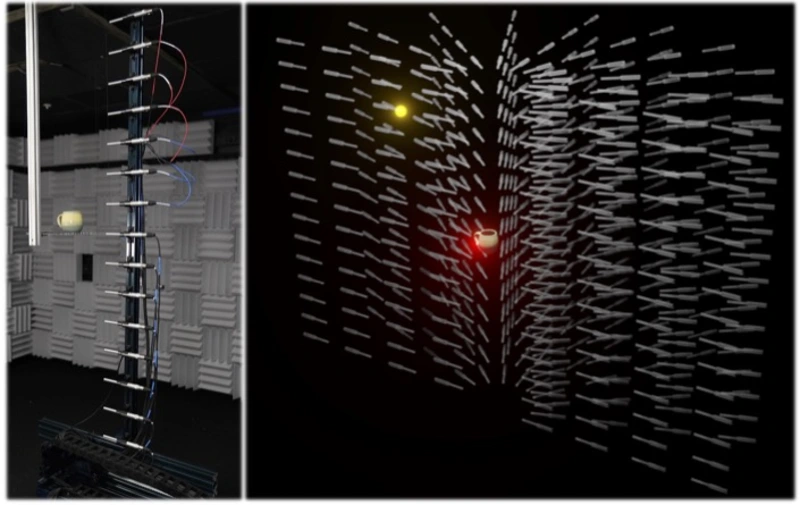
|
RealImpact: A Dataset of Impact Sound Fields for Real Objects
Samuel Clarke, Ruohan Gao, Mason L. Wang, Mark Rau, Julia Xu, Jui-Hsien Wang, Doug James, Jiajun Wu CVPR, 2023 (Highlight, Top 2.5% of Submissions) project page / video / arXiv Everyday objects possess distinct sonic characteristics determined by their shape and material. RealImpact is the largest dataset of object impact sounds to date, with 150,000 recordings of impact sounds from 50 objects of varying shape and material. |
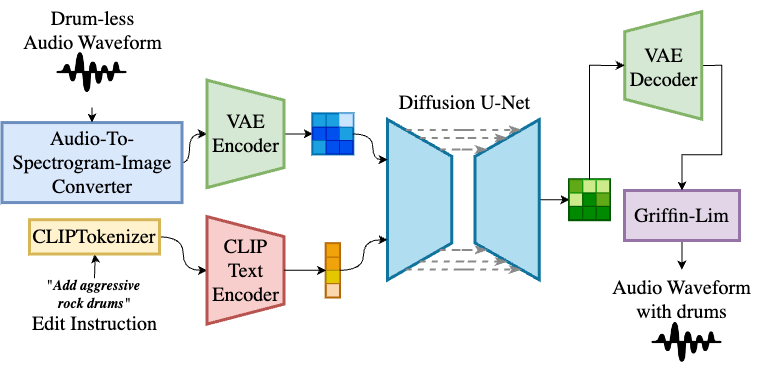
|
Subtractive Training for Music Stem Insertion Using Latent Diffusion
Models
Ivan Villa-Renteria*, Mason L. Wang*, Zachary Shah*, Zhe Li, Soohyun Kim, Neelesh Ramachandran, Mert Pilanci ICASSP, 2025 paper / examples We use a dataset of full-mix songs, stem-subtracted songs, and LLM-generated edit instructions to train a stem editing/insertion diffusion model. |
Education and Experience |
|
|
xAI
December 2025-?
Member of Technical Staff
Palo Alto, CA
|
|

|
MIT
August 2024-December 2025
EECS PhD Student
Cambridge, Massachusetts
|

|
SONY AI
June 2024-August 2024
Research Intern, Music Foundation Model Team
Tokyo, Japan
|
 |
Stanford University
September 2022-June 2024
M.S. in Electrical Engineering, specialization
in Signal
Processing and Optimization
GPA: 4.22/4.3
Course Assistant for ENGR 108 (3x), EE 178 (1x)
Research Assistant in CS (1x), EE (1x)
|
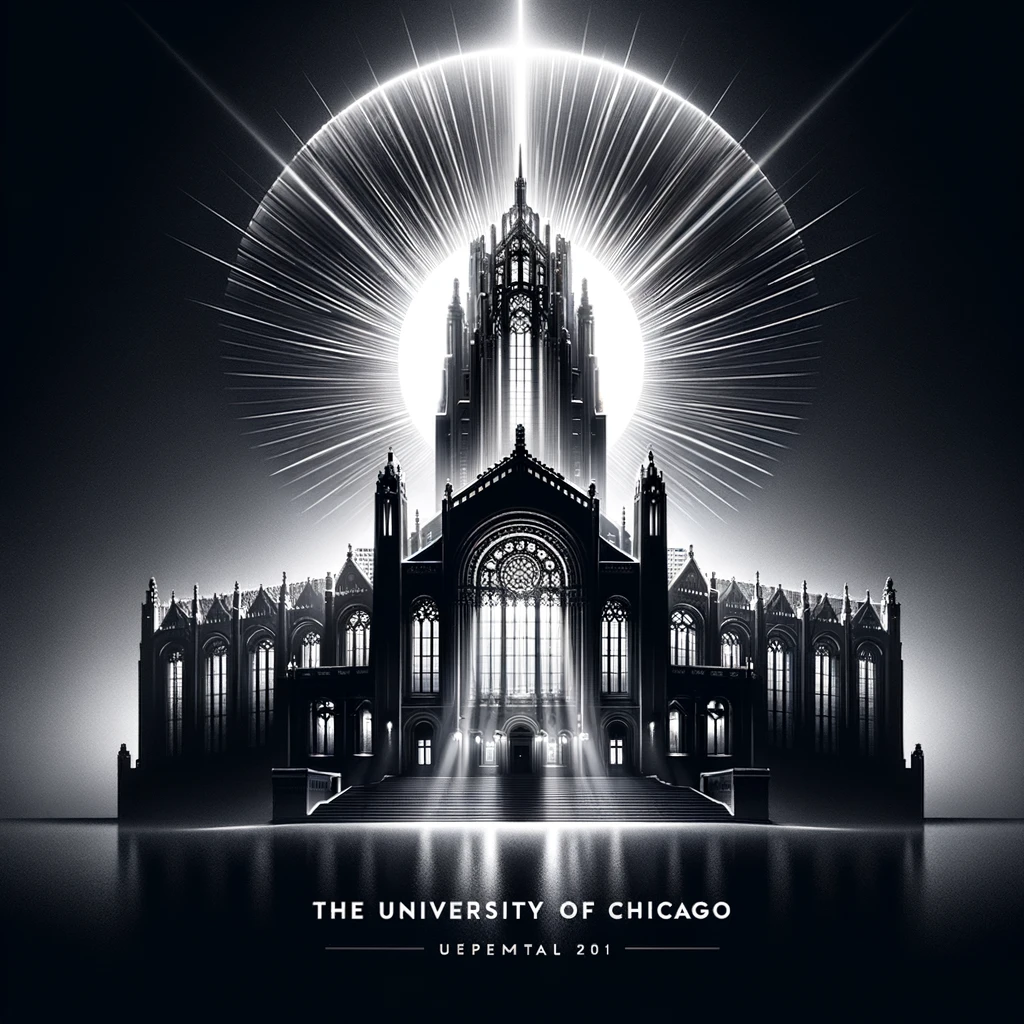
|
The University of Chicago
October 2018-June 2022
B.S. in Computer Science with a Specialization in
Machine
Learning
B.A. in Mathematics
GPA: 4.0/4.0
Honors: Odyssey Scholar, Enrico Fermi Scholar, Robert Maynard Hutchins Scholar,
Summa Cum Laude
|
News |
|
|
9/24/25 9/17/25 12/20/24 04/13/24 02/26/24 09/21/23 02/27/23 |
First-author submission to ICLR 2026! Second-author submission to ICASSP 2026! Subtractive Training is accepted to ICASSP 2025! First-author submission to ISMIR 2024! Hearing Anything Anywhere is accepted to CVPR 2024! SoundCam is accepted to NeurIPS Datasets and Benchmarks 2023! RealImpact is accepted to CVPR 2023! |
Music Works |
|
Graph of Notes |
|
Website Template based on Jon Barron's. |